Entry Category: Historic Preservation - Starting with T
 Taber Patterson House
Taber Patterson House
Taborian Hall
 Taborian Hall Interior
Taborian Hall Interior
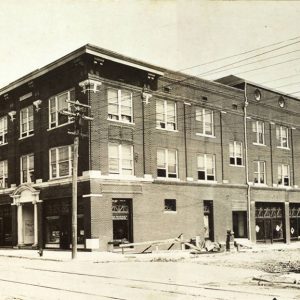 Taborian Hall, 1918
Taborian Hall, 1918
Tall Pines Motor Inn Historic District
aka: Tall Pines Inn
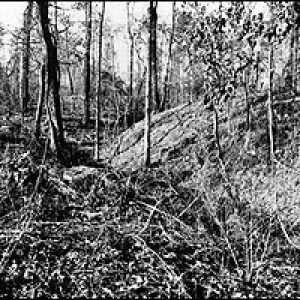 Tate's Bluff Fortification
Tate's Bluff Fortification
Tate’s Bluff Fortification
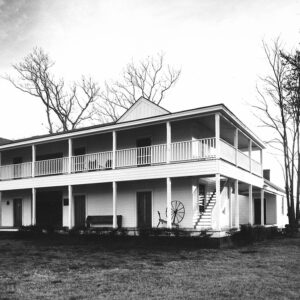 Tavern Building
Tavern Building
Taylor Field
aka: Taylor Memorial Field
 Taylor Field
Taylor Field
 Taylor Log House and Grounds
Taylor Log House and Grounds
Taylor Log House and Site
aka: Taylor House of Hollywood Plantation
Taylor Rosamond Motel Historic District
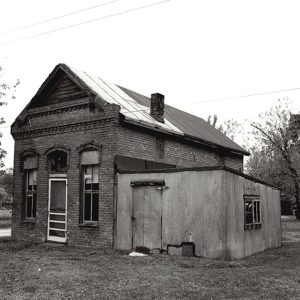 Telephone Exchange Building
Telephone Exchange Building
Telephone Exchange Building (Powhatan)
Temple Meir Chayim
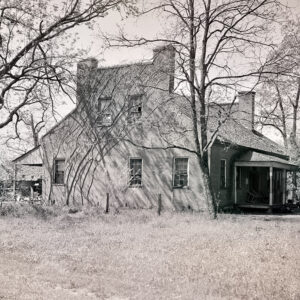 Ten Mile House
Ten Mile House
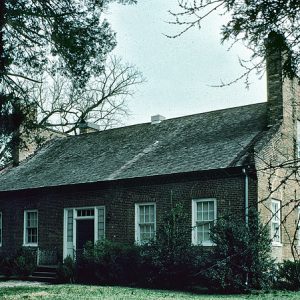 Ten Mile House
Ten Mile House
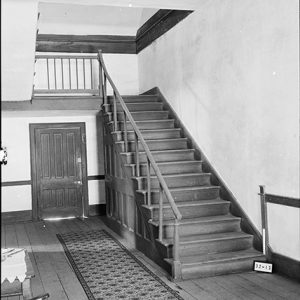 Ten Mile House Interior
Ten Mile House Interior
Ten Mile House
aka: Stagecoach House
aka: McHenry House
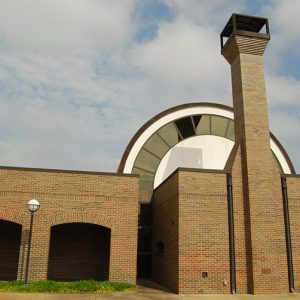 Terry Library
Terry Library
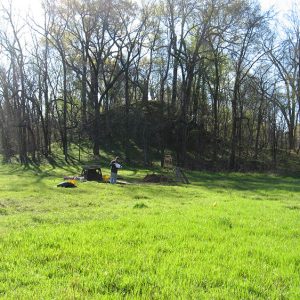 Test Excavations
Test Excavations
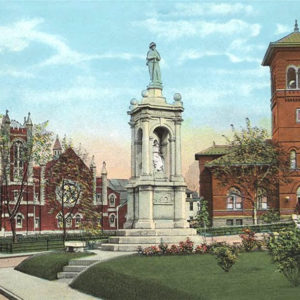 Texarkana Confederate Monument
Texarkana Confederate Monument
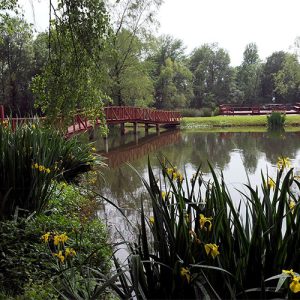 "The Elms" Grounds
"The Elms" Grounds
 The Elms House
The Elms House
Thomas R. McGuire House
Thomas, David Yancey
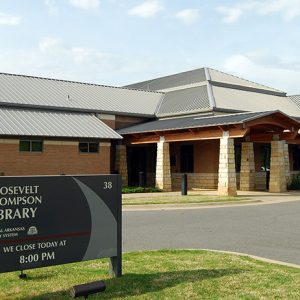 Thompson Library
Thompson Library
Thorncrown Chapel
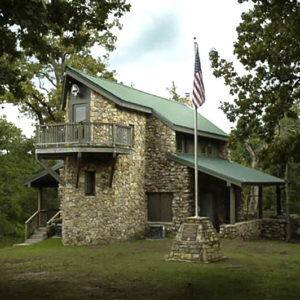 Thunderbird Lodge
Thunderbird Lodge
Titan II ICBM Launch Complex Sites
Toltec Mounds Site
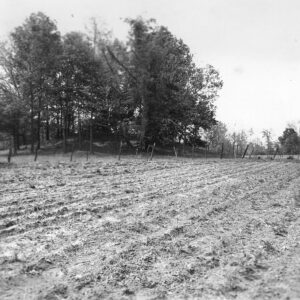 Toltec Mounds Site
Toltec Mounds Site
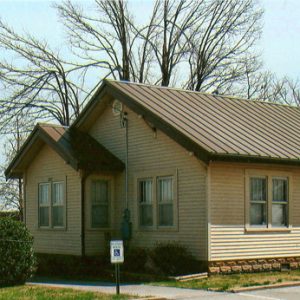 Tontitown Historical Museum
Tontitown Historical Museum
Tontitown Historical Museum
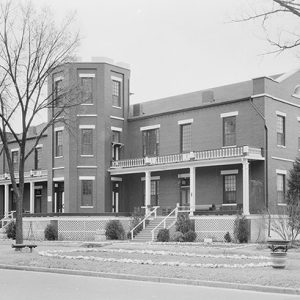 Tower Building
Tower Building
Tower Building
 Tower Building
Tower Building
 Tower Building
Tower Building
 Tower Building
Tower Building
 Tower Building Entrance
Tower Building Entrance
 Tower Building Side View
Tower Building Side View
Trapnall Hall
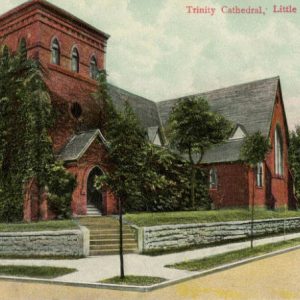 Trinity Episcopal Cathedral
Trinity Episcopal Cathedral
Trinity Episcopal Cathedral
True Grit Trail
 True Grit Trail
True Grit Trail
 Trumann Library and Museum
Trumann Library and Museum




